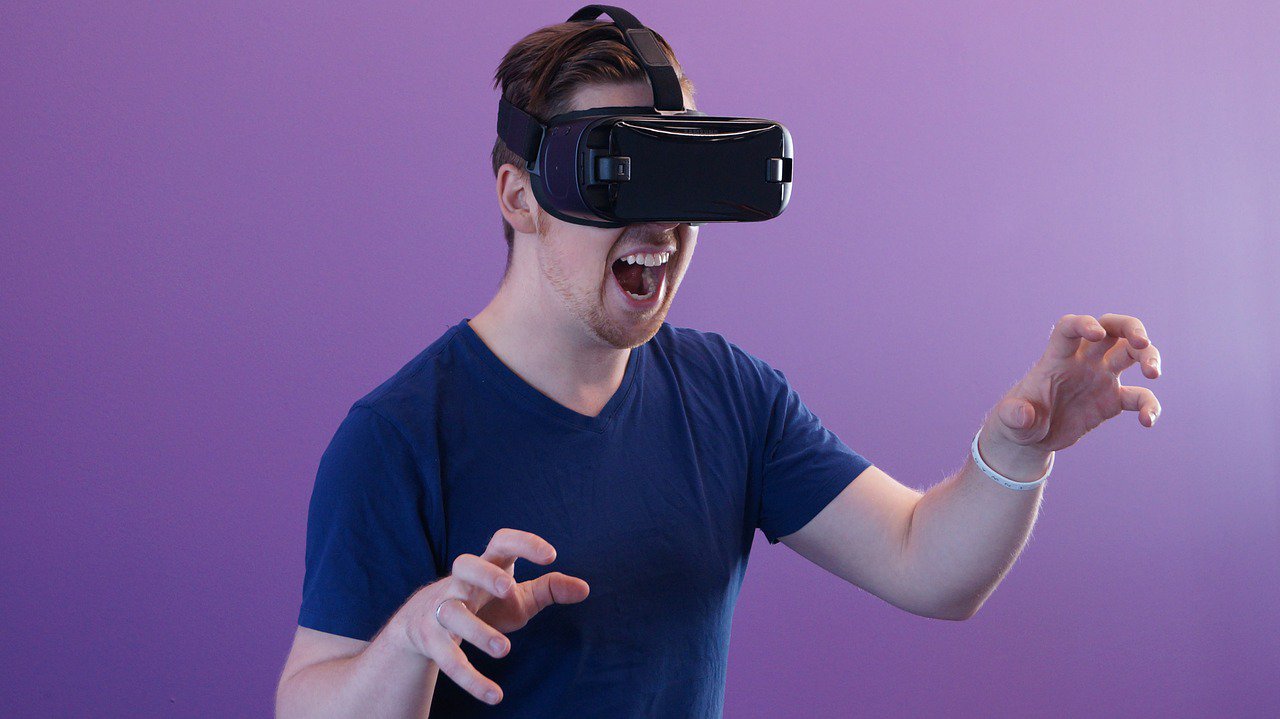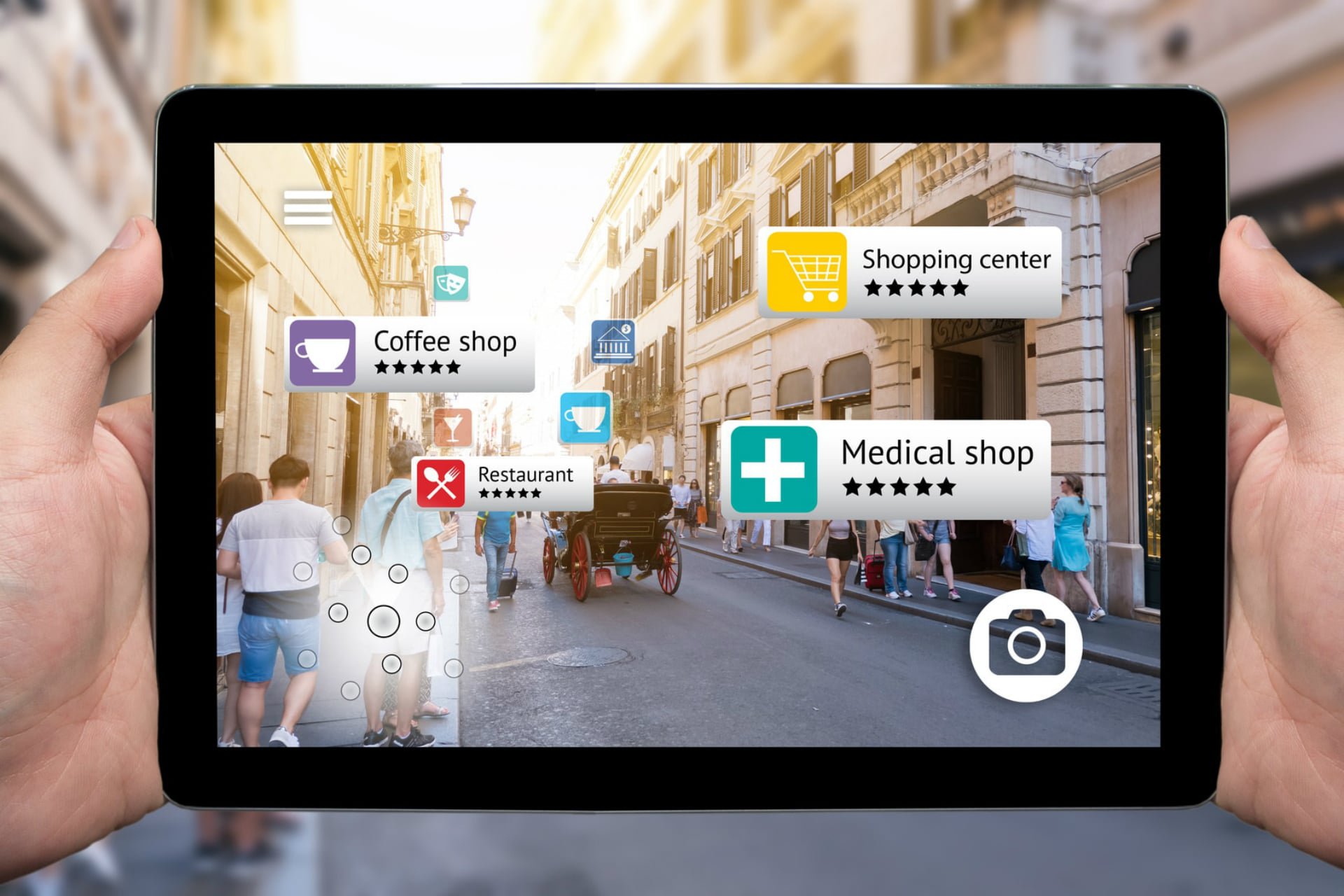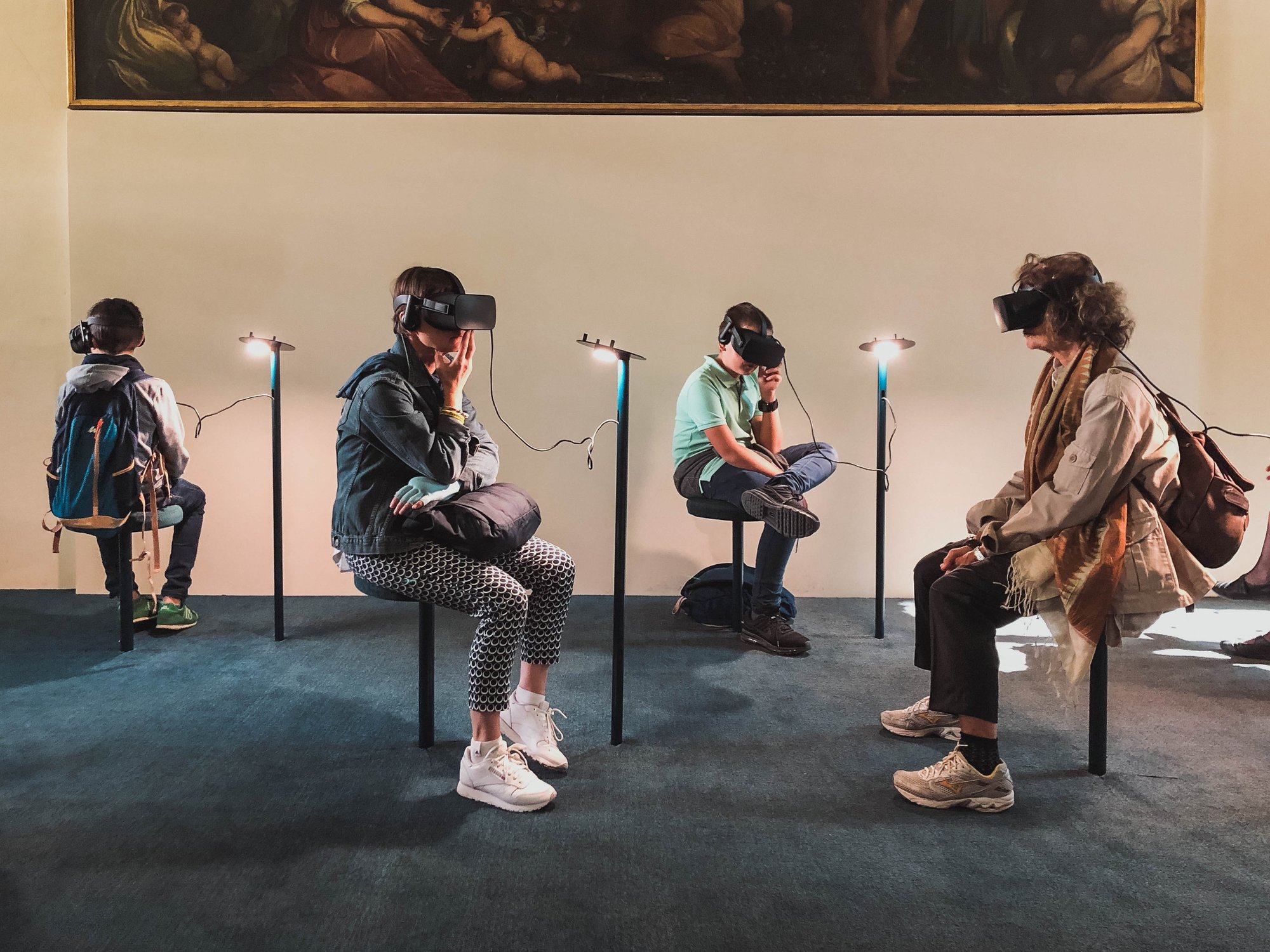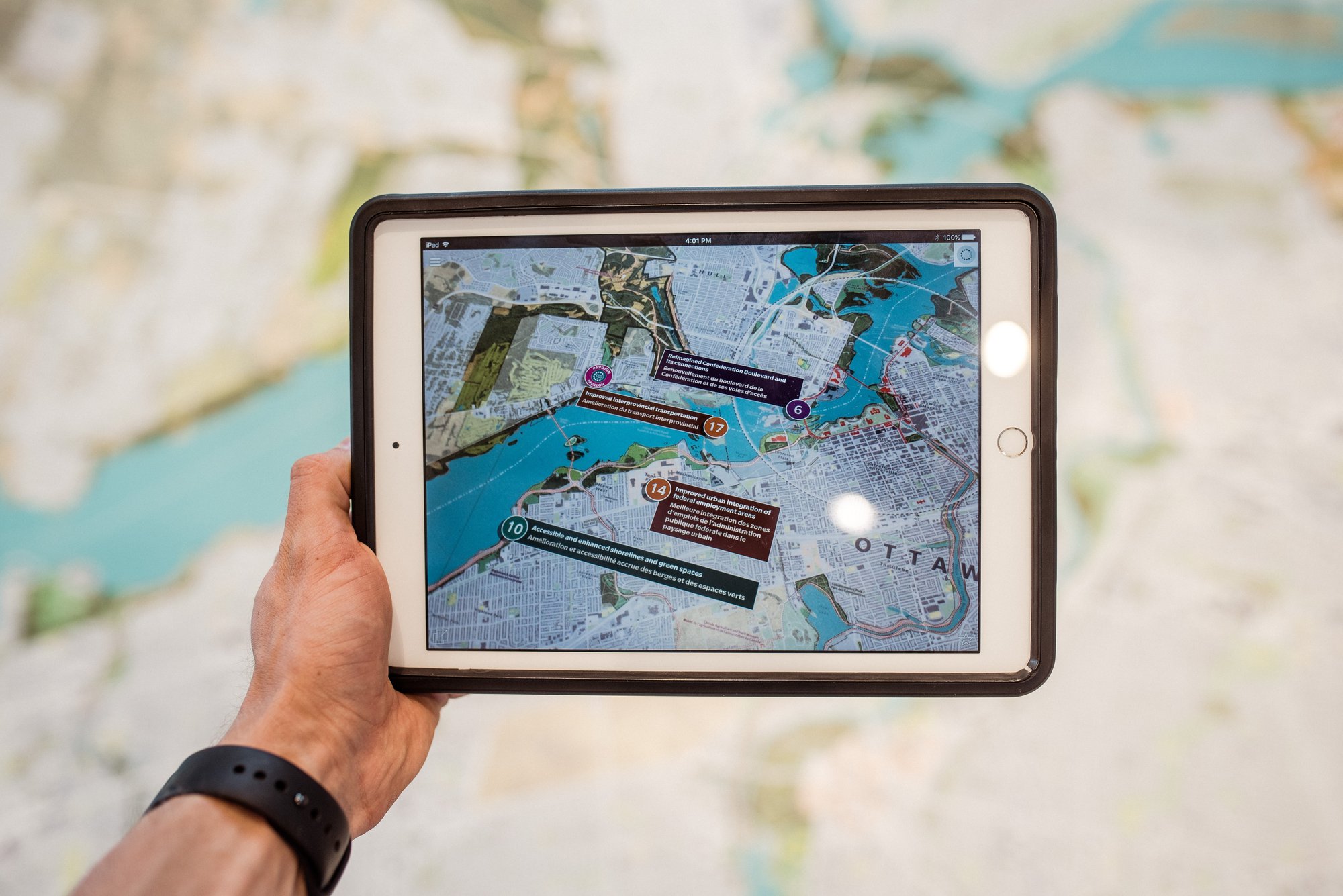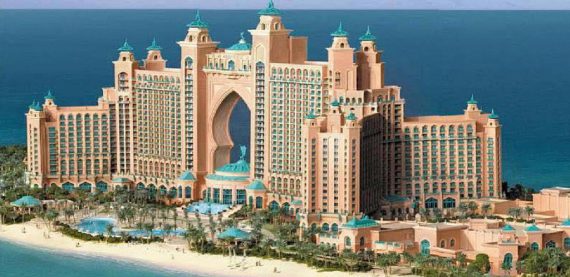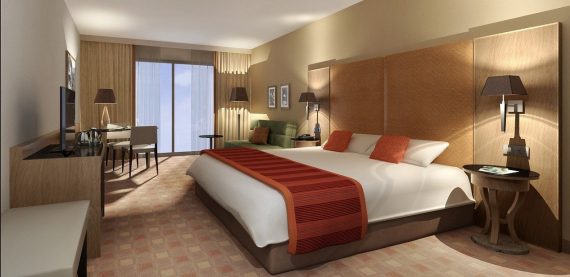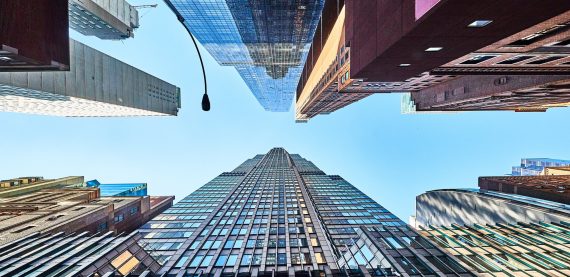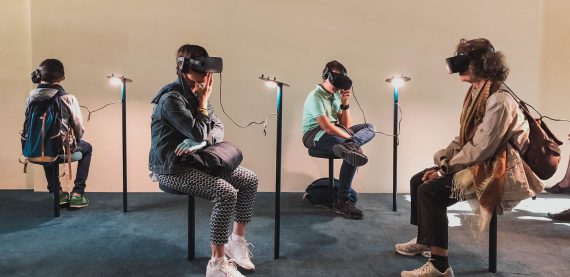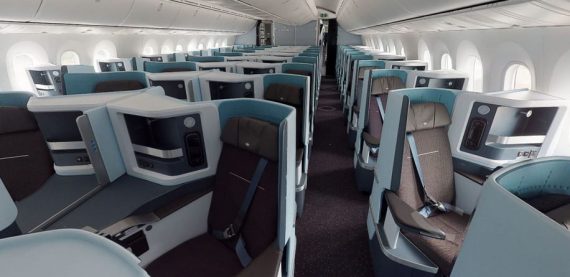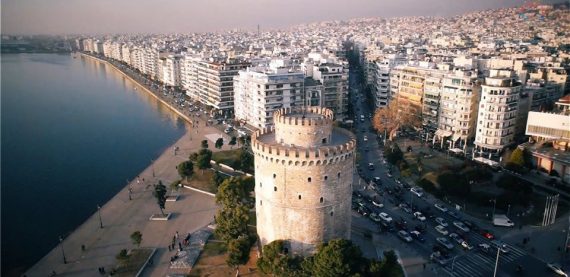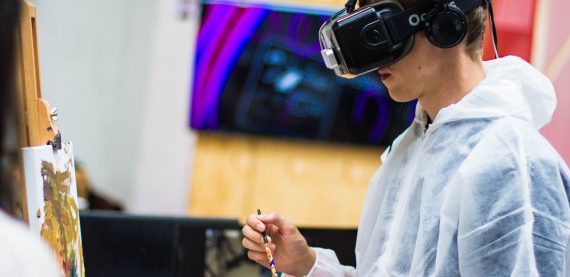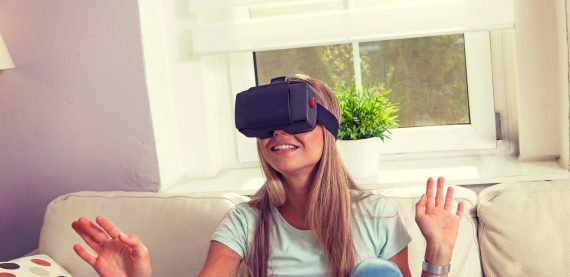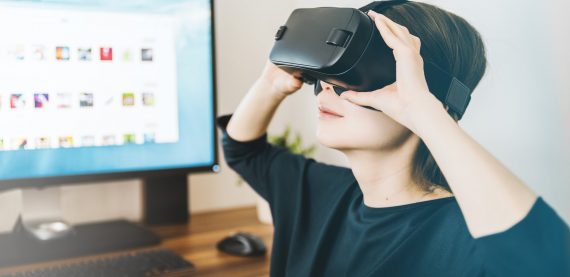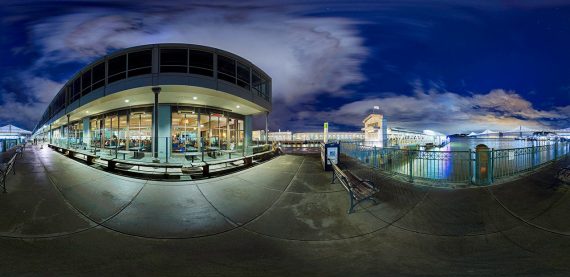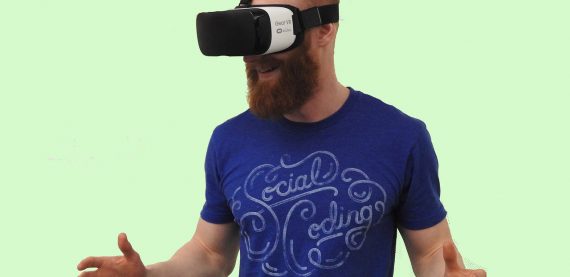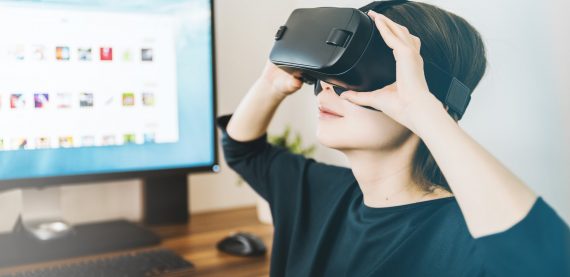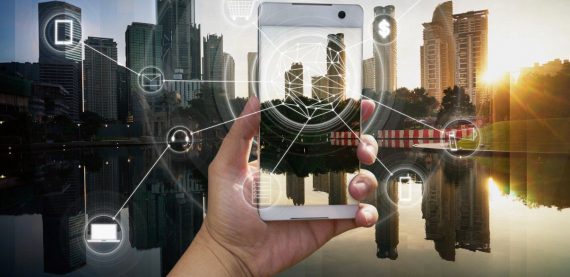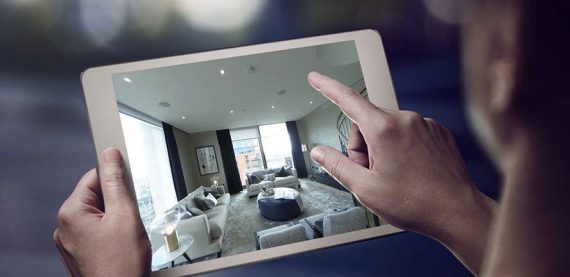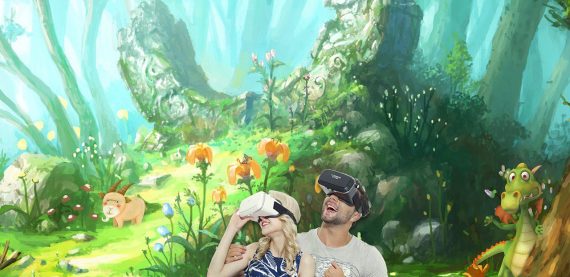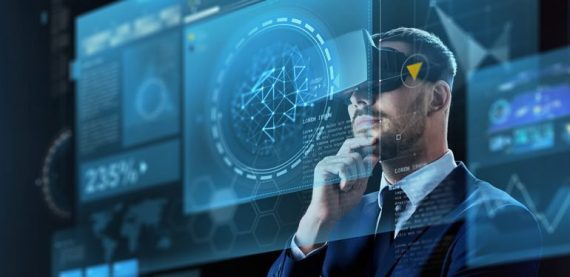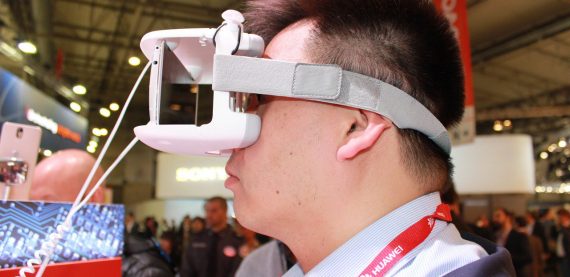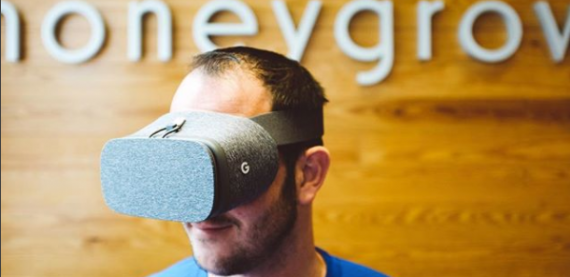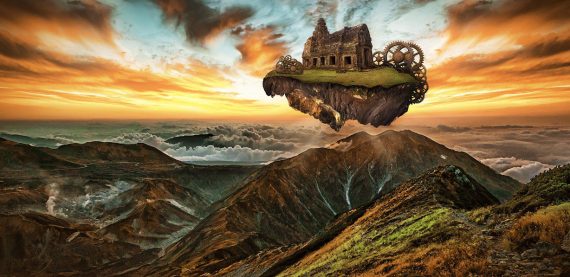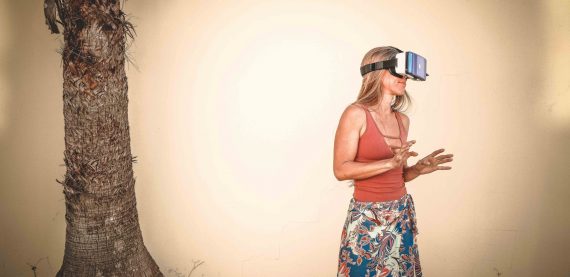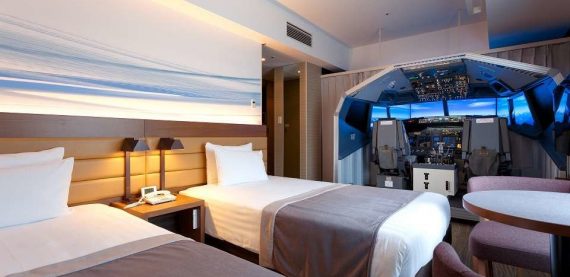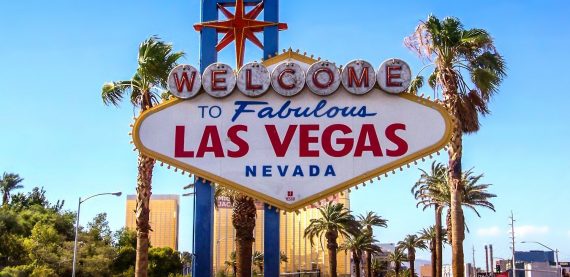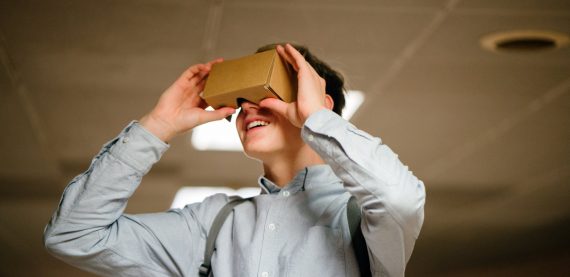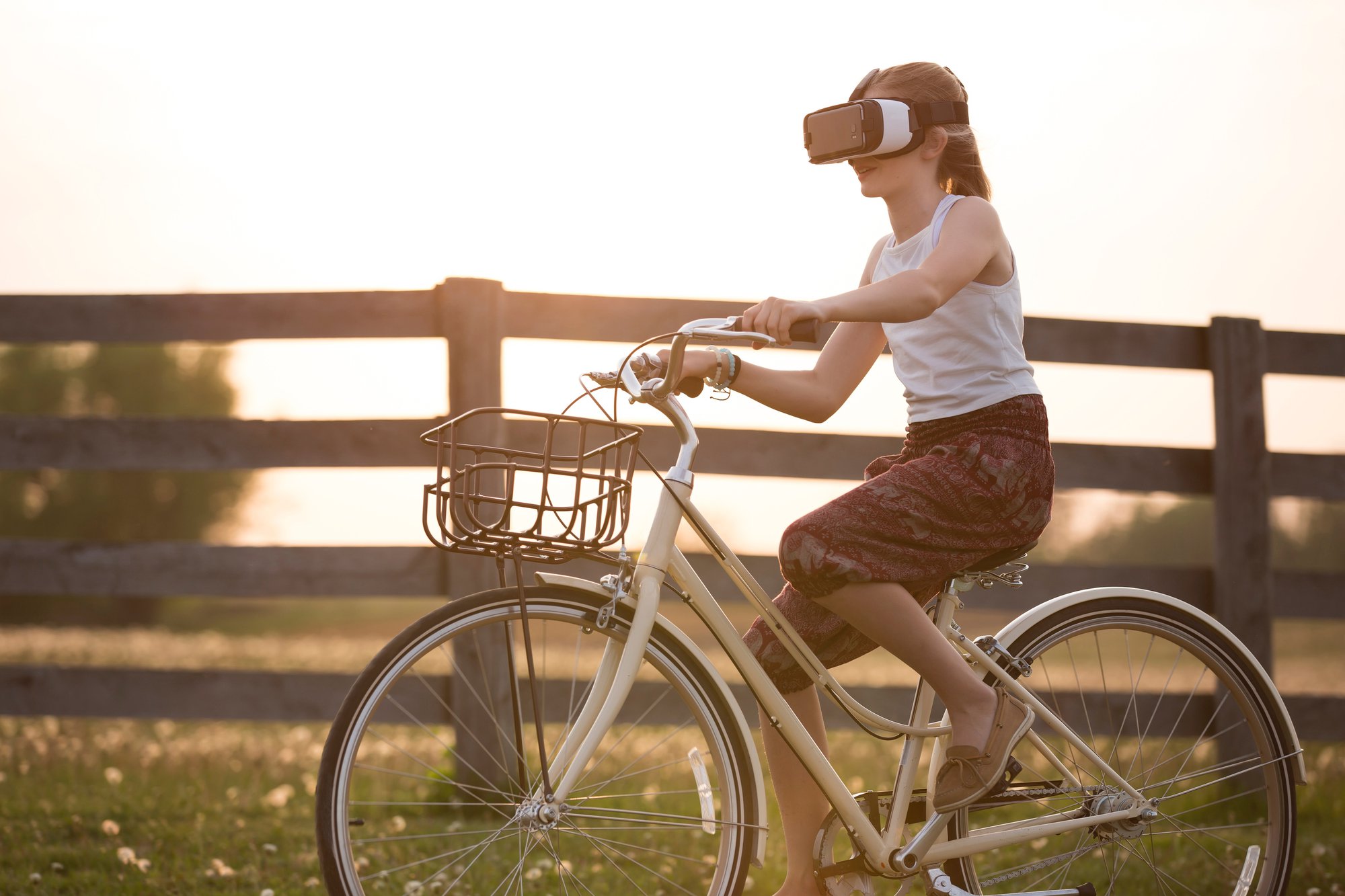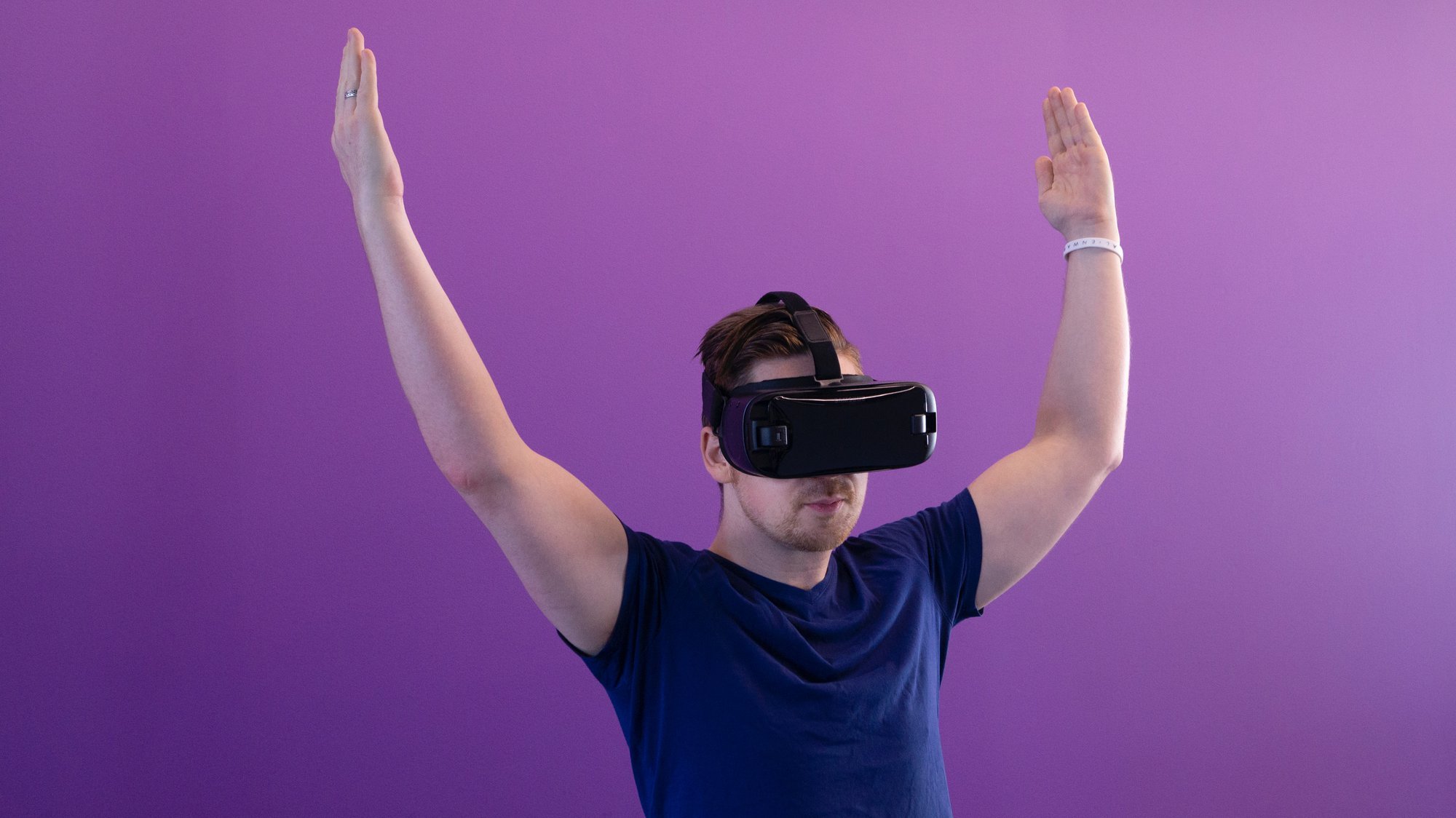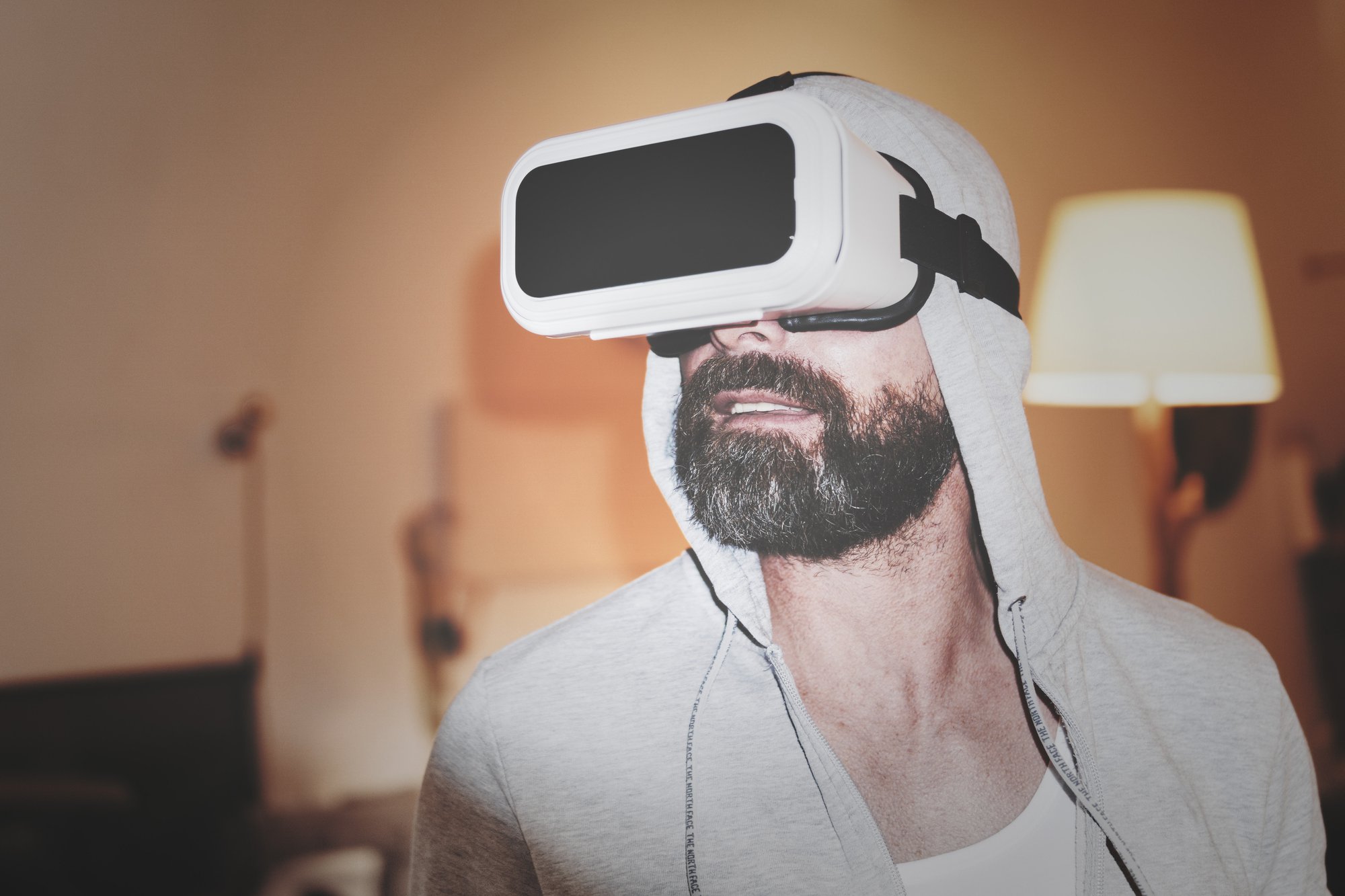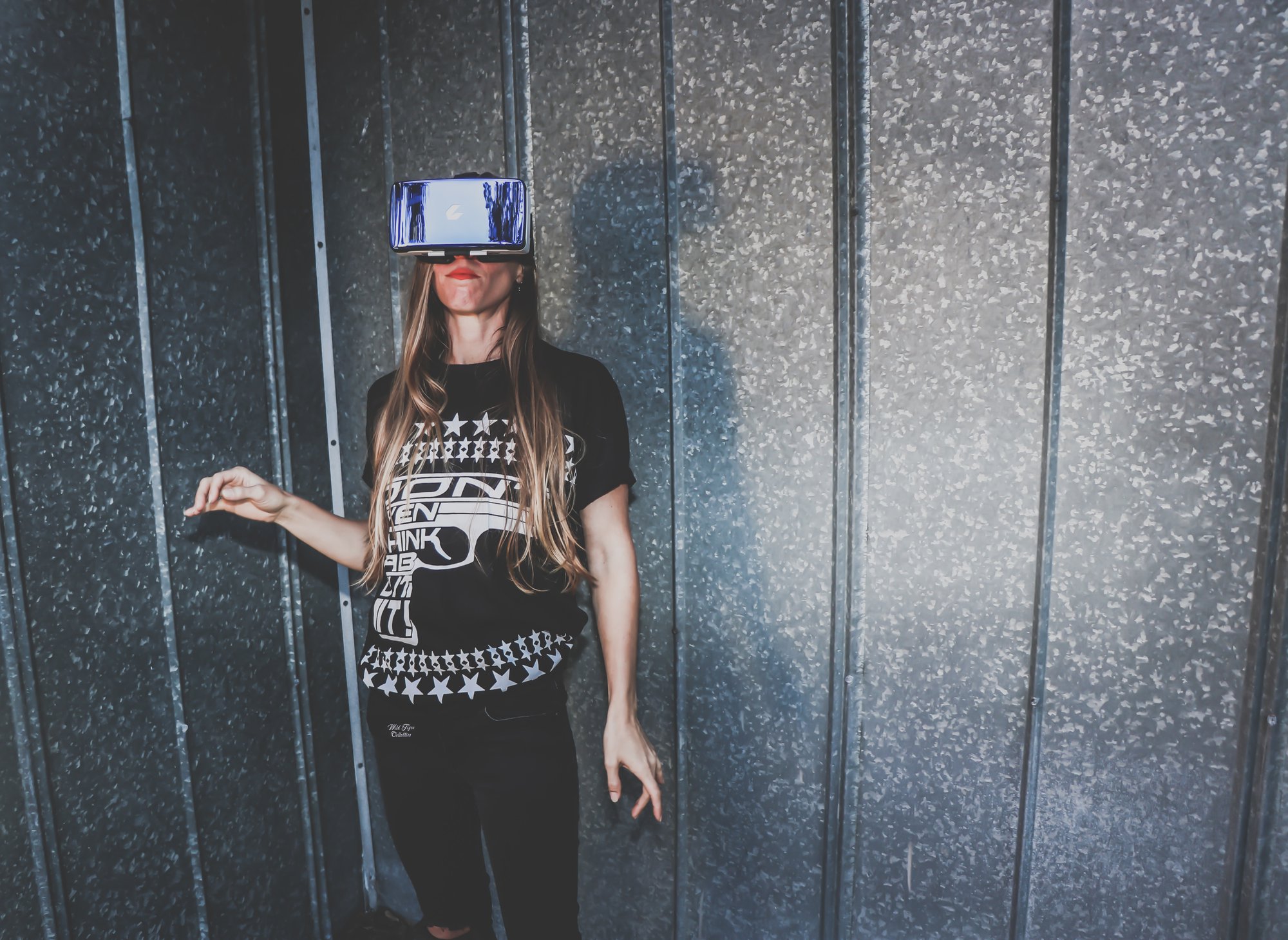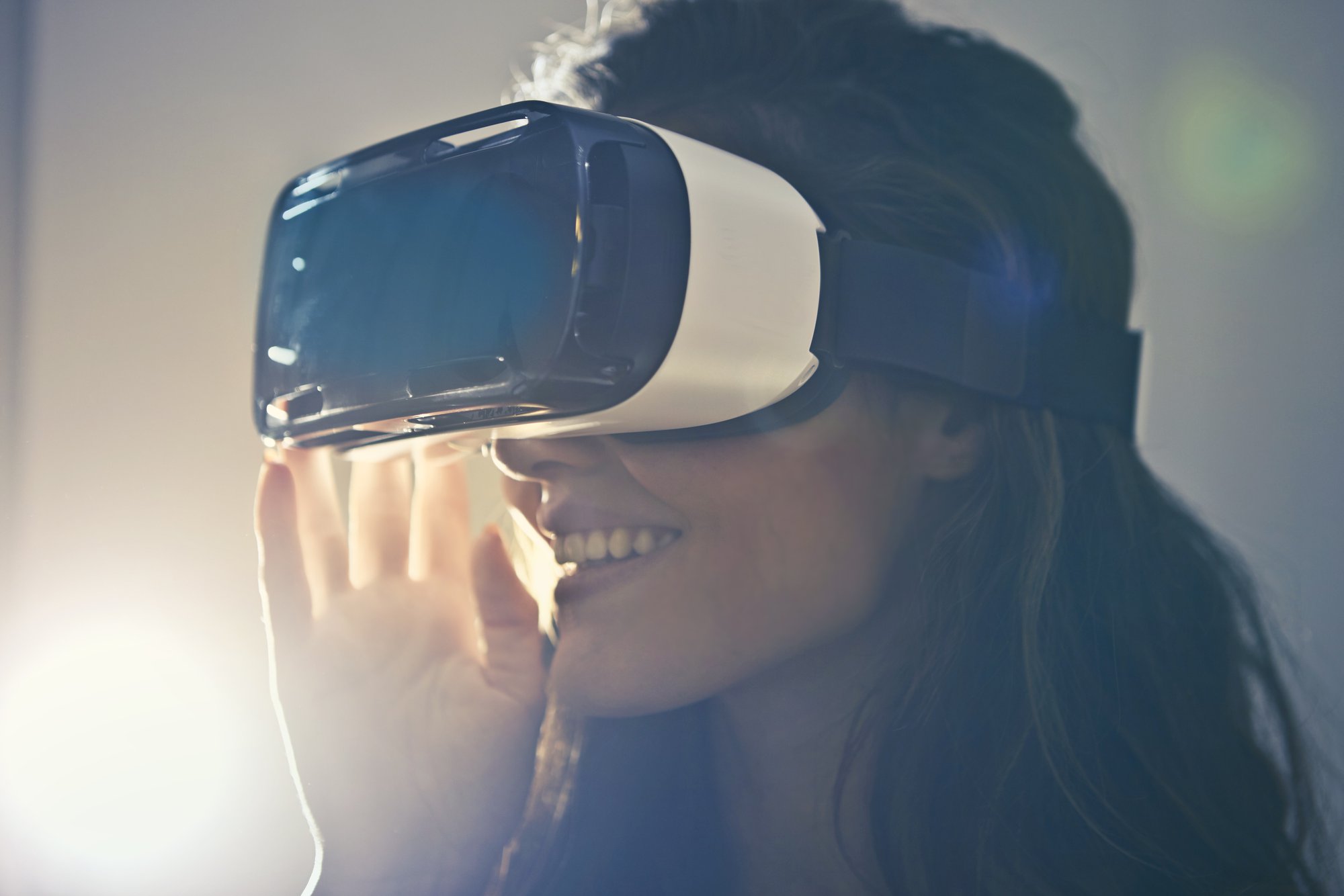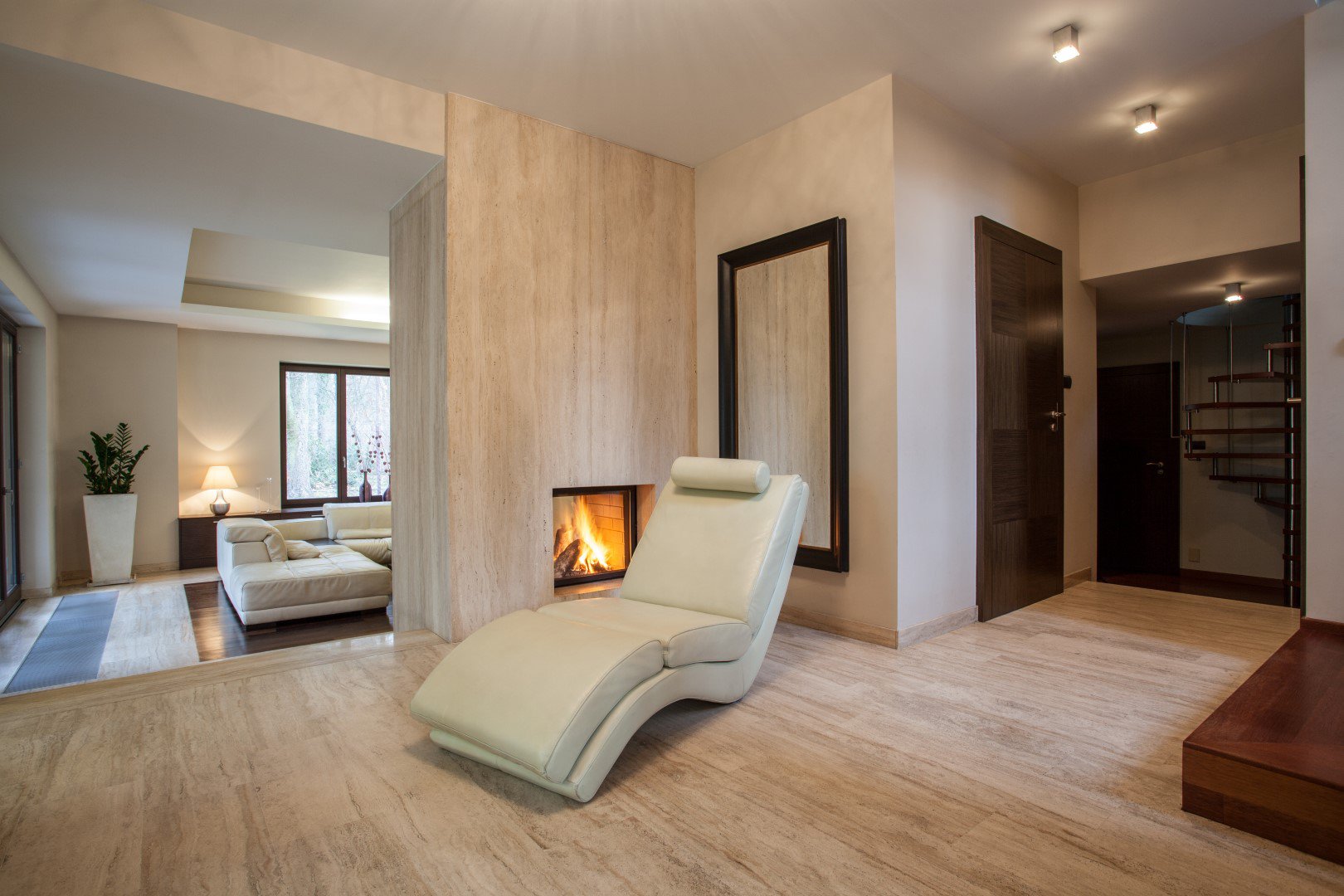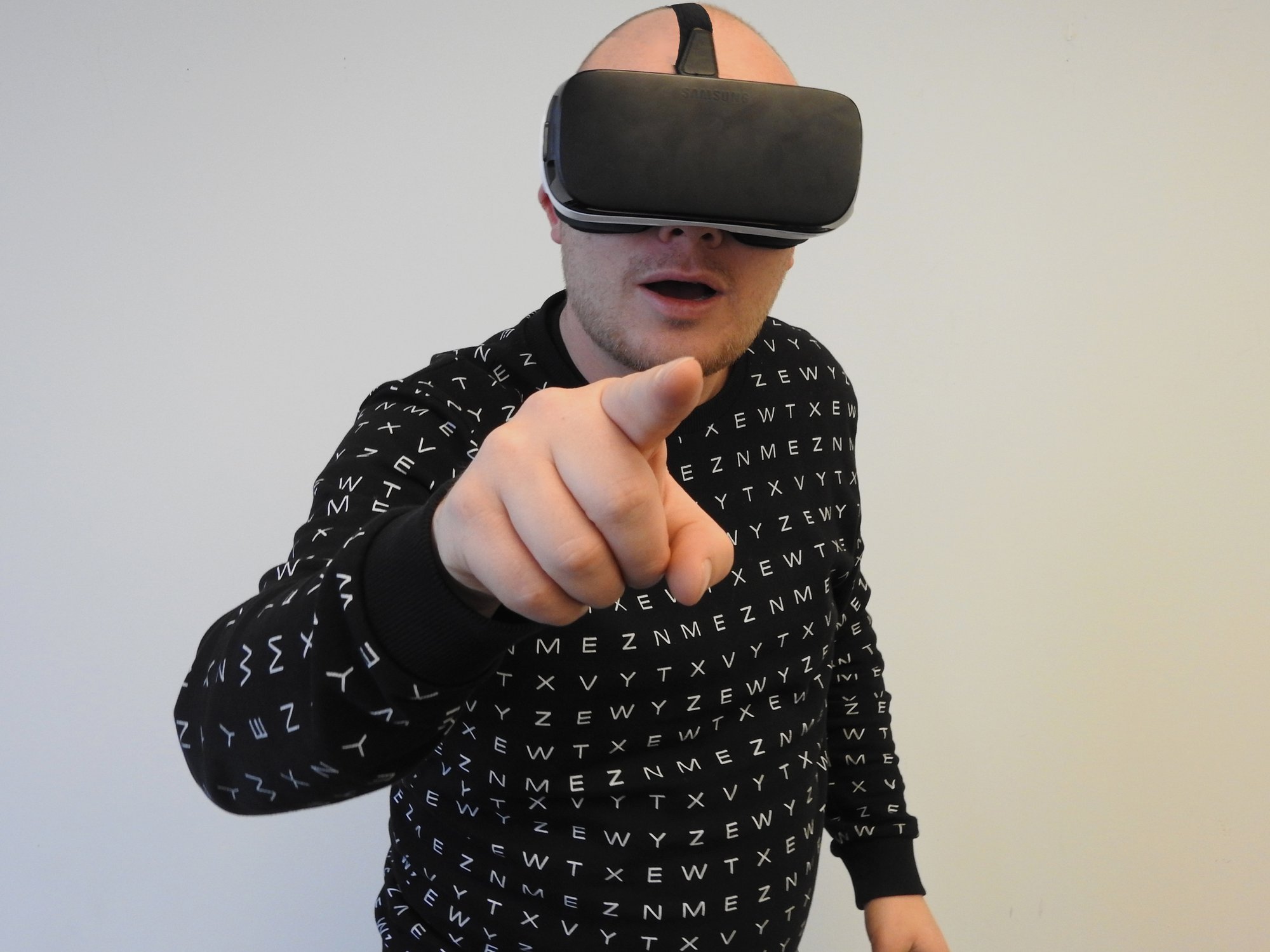Digital technology today has become more refined. Users now have a different way of accessing information on the net. Two of the most efficient tools used in today’s industries are virtual tours and virtual reality. However, there are differences between the two that make each one suitable for a particular type of content. The two may appear similar but they have differences in the manner they deliver content and stimulate engagement.
Virtual Tours
The 360° virtual tour is a digital marketing tool that makes use of actual photographs from 360° cameras that are put together appearing as one whole composition. This technology can provide both photos and videos of various settings such as resorts, houses, casinos, restaurants, clubs, and other real estate properties. The viewers can take a look at the content created by the tool. It’s primarily about the immersive visual experience. The 360° virtual tour can be viewed several times and 24/7. It will always be available for you on any of your mobile devices.
There are two types of virtual tours namely: 3D animation and 360° virtual tour. The 360° tour allows viewers to view the entire environment within a specific physical location in a 360° radius. 3D animation is an interactive means of depicting objects in three dimensions on the screen which makes 3D content available for users.
Advantages
There are several advantages of virtual tours. Here are the best ones:
1) A Growing Number of Probable Visitors
A virtual tour is easy to access with just a computer or mobile with internet access. This makes it a favorite choice of many users.
2) Scalability
The scope of a virtual tour and its functionality is not limited. It’s easy for one to add new exhibits, functions, and virtual tours which can be truly exciting for visitors.
3) 24/7 Access
You can access a virtual tour anytime, anywhere.
4) Enhanced Premise Visibility
Virtual exhibits often encourage you to view the exhibit in real life. This is also the same as viewing real estate property online.
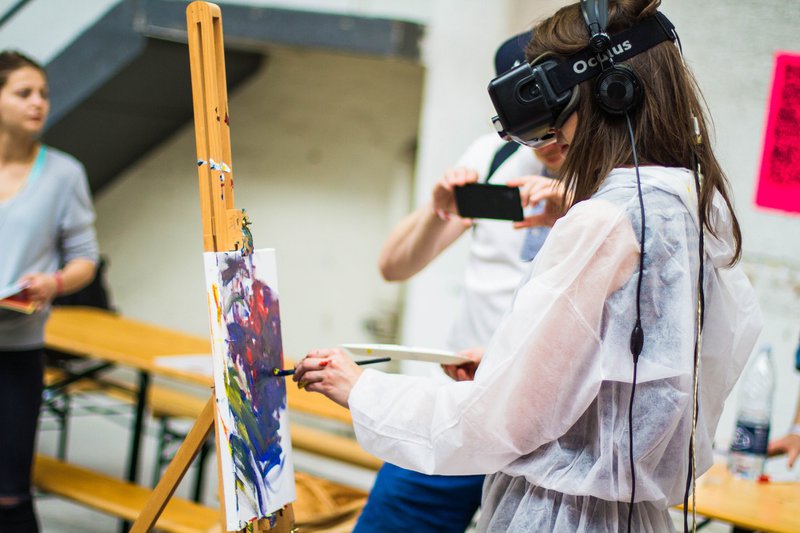
Virtual Reality
Virtual reality enables users to immerse in an entirely virtual environment. Viewers will be given the freedom to interact with the surroundings and they are also provided the basic freedom that is not possible with the 360° video. This means that this tool is able to create an alternate world and enables the viewers to stay on it. There are key elements of a virtual reality experience. These are immersion, virtual world, sensory feedback, and interactivity.
A virtual world is a three-dimensional environment that often is made possible through a medium where users can interact with one another and produce objects as part of such interaction. Immersion, on the other hand, is that sensation of being physically existing in a non-physical world. Virtual reality requires as many as our senses to be simulated. Interactivity is the comfort that users experience when engaging with their natural environment.
There are also three types of virtual reality. These are the non-immersive, the semi-immersive, and the fully immersive. The non-immersive is the least immersive in the implementation of the technology. This means that only a subset of the user’s senses is simulated. The semi-immersive virtual reality means that users are not fully immersed in the virtual environment. The fully immersive virtual reality offers the most immersive rendition of the technology.
Virtual Tour and Virtual Reality are different from each other, but they are somehow related, and both are important in many industries. For you to come up with your own virtual tour without any hassles, you can check on this site: VirtualTourEasy.com.

